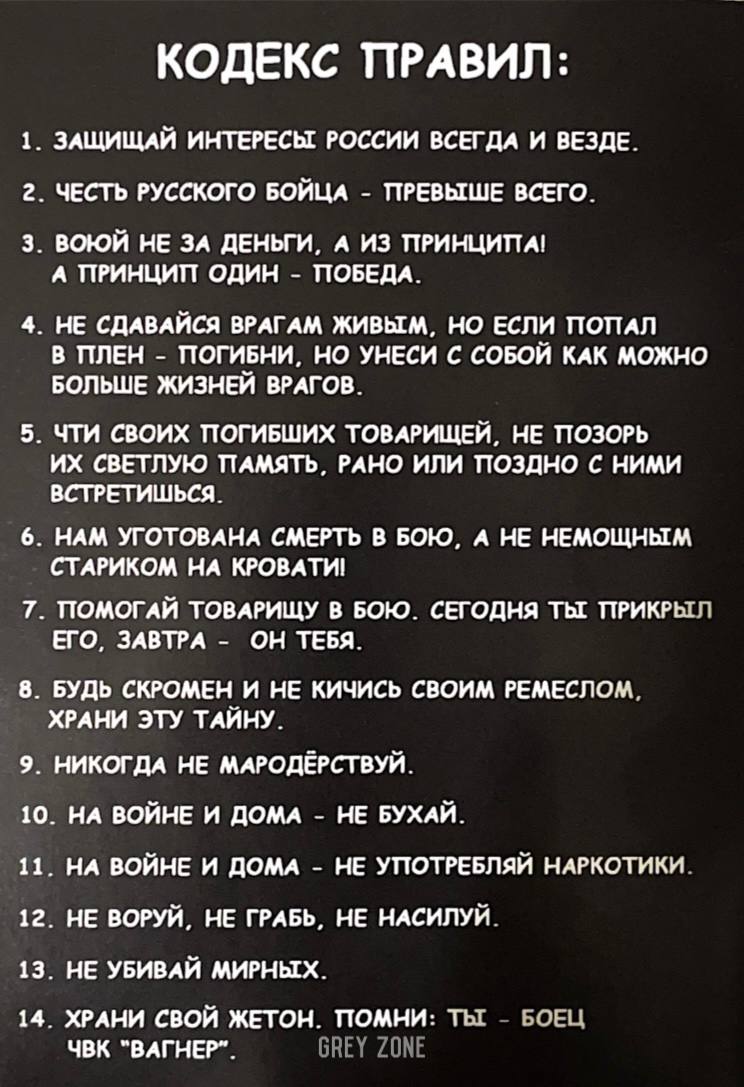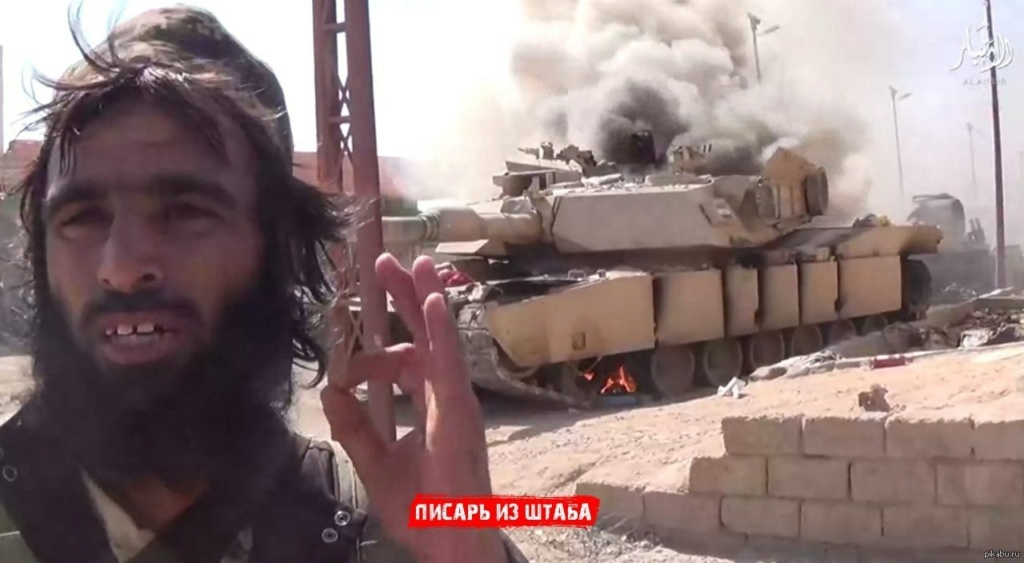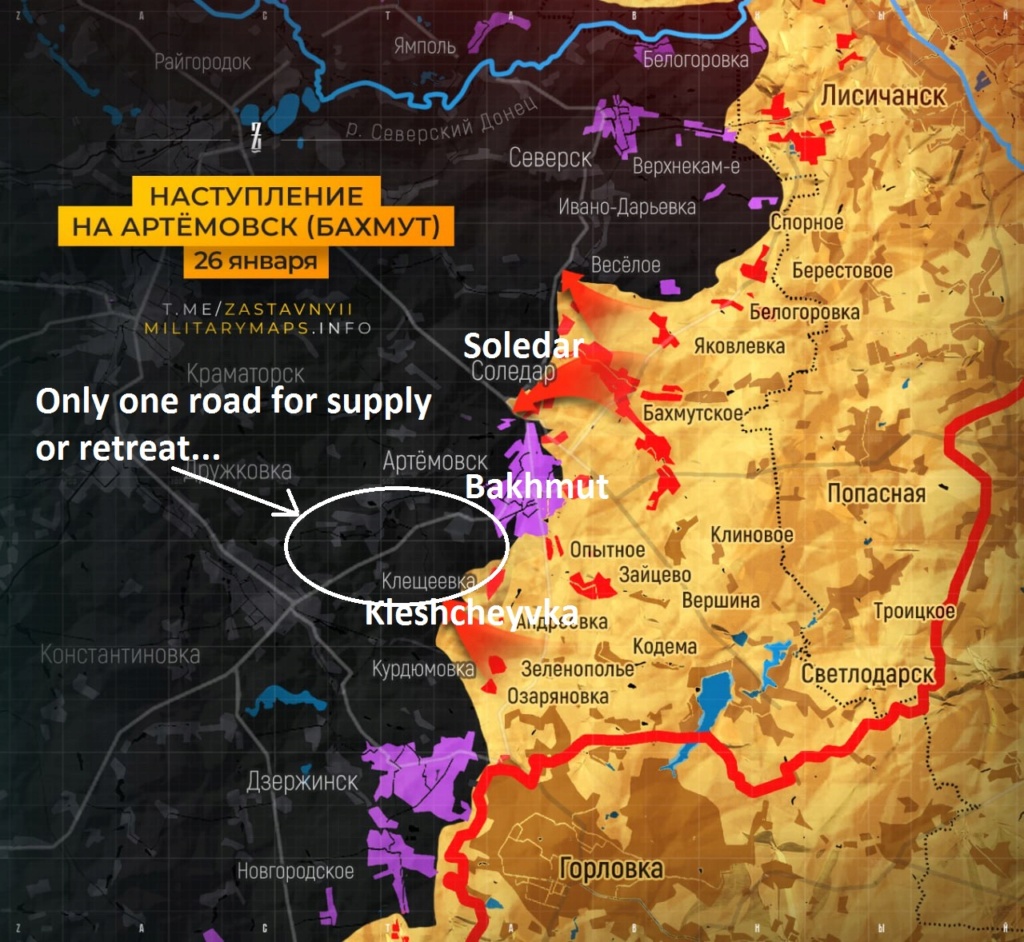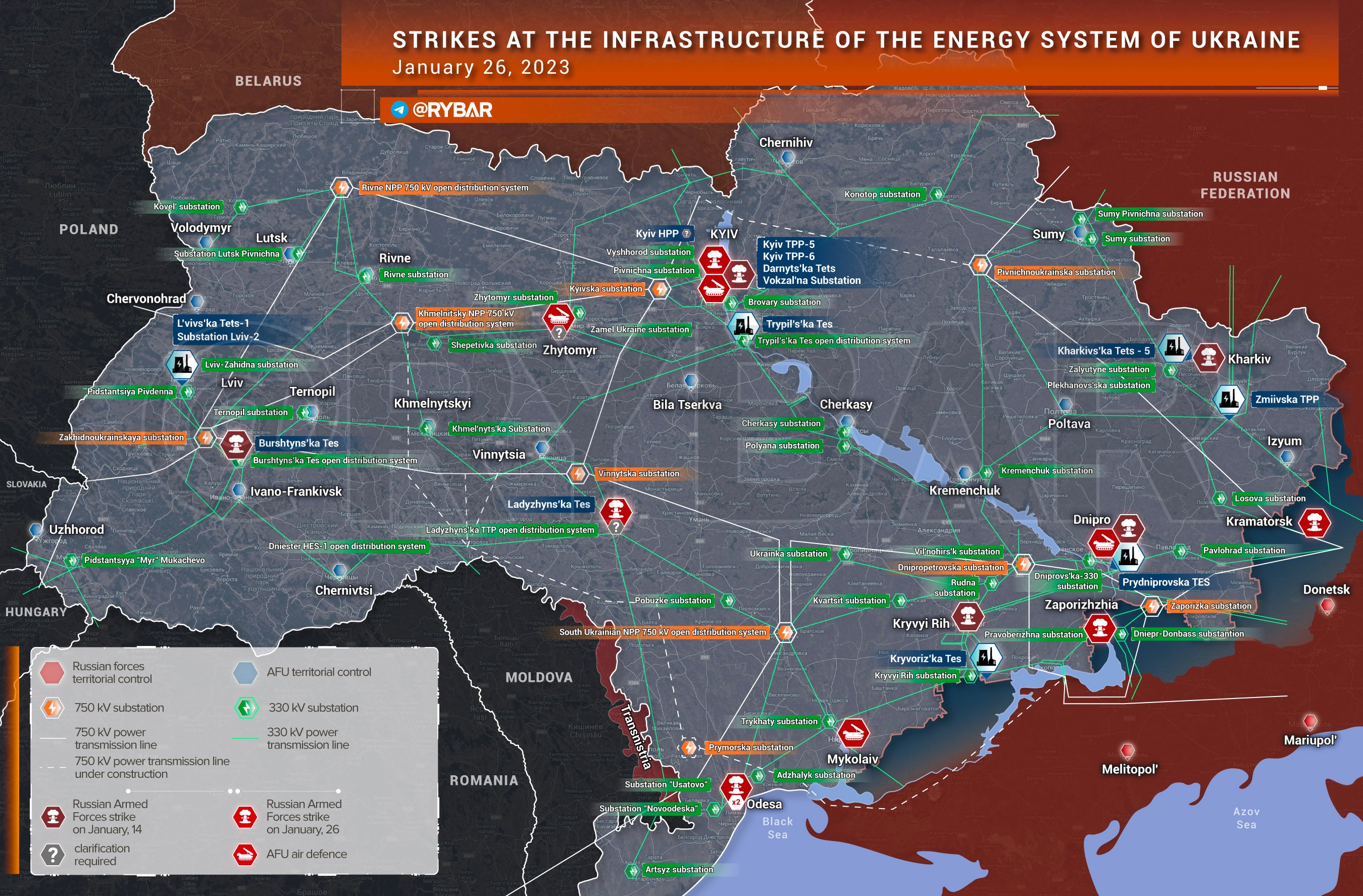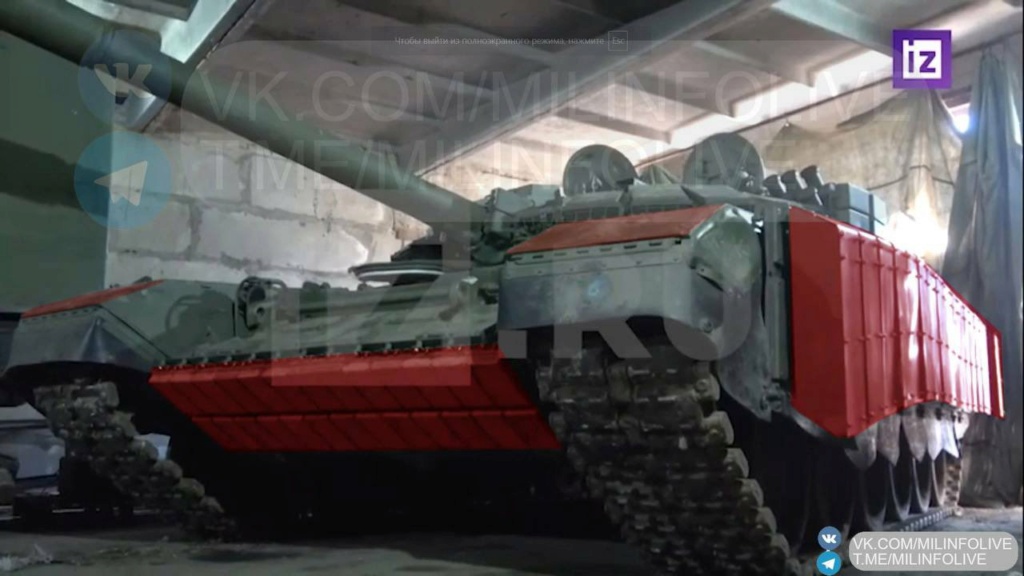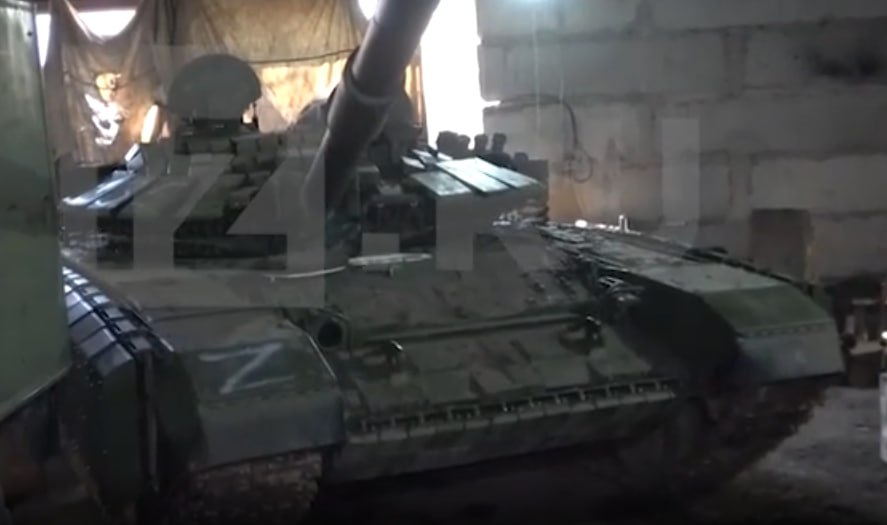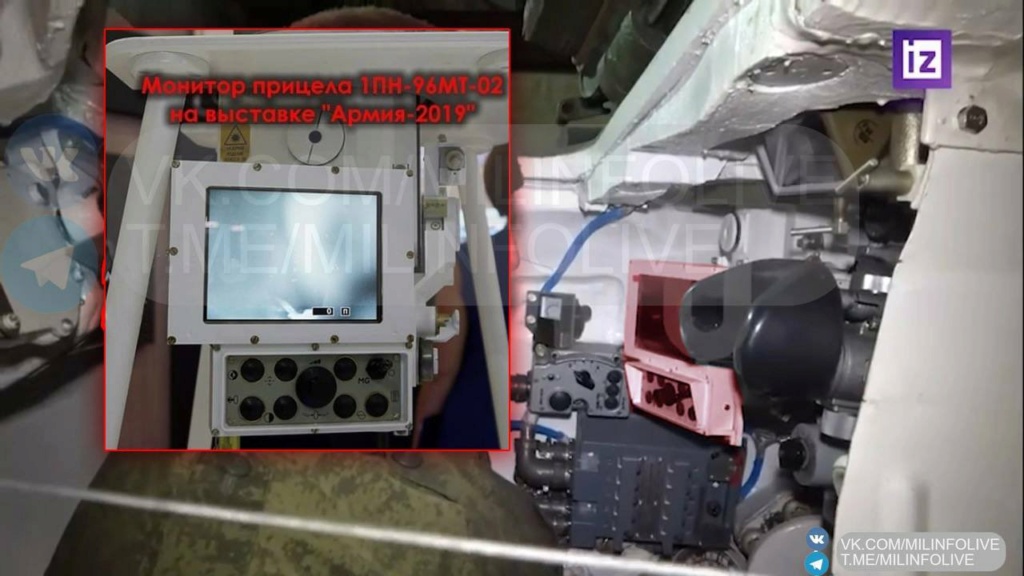The battles for Vuhledar showed the strategy of the Russian military leadership, 01.26.2023, by Evgeny Krutikov for VZGLYAD.
The Russian marines entered the city of Ugledar and entrenched themselves on its southeastern outskirts. At the same time, along the entire line of contact, units of the RF Armed Forces are conducting successful offensive operations in several directions. Thus, the strategic scheme of the winter campaign of 2023 is already visible.
Street fighting began in Ugledar, the severity of which is determined primarily by the geographical location and history of this town. Vuhledar is located on a hill and consists of four micro-districts of five-story buildings and does not have a block of private buildings at all, which is not typical for the Donbass. Based on this, the Armed Forces of Ukraine turned it into a large stronghold.
The fact is that initially Vuhledar was built not as an independent settlement, but as a Yuzhny settlement within the city of Donetsk. There are large deposits of coal under the current Ugledar, it was planned to build seven large mines there and bring the population of the town to 100 thousand. But in the 1970s, it was decided that it would be more convenient to mine coal in the Kuzbass - and the construction of the Yuzhnodonetsk coal massif was frozen. By this time, these four quarters of five-story buildings had been built and about nine thousand people had settled in them.
The natural approach to Vuhledar was a small dacha community southeast of the town across the road to Donetsk. It was through him that the Marines of the Armed Forces of the Russian Federation entered Vugledar. And parts of the Armed Forces of Ukraine concentrated on the defense of the western and southwestern outskirts of the city from the side of the village of Pavlovka, for which there have been fierce battles recently.
Parts of the 72nd Brigade of the Armed Forces of Ukraine "Black Cossacks" were divided: some retreated to the First Mine, which, together with the waste heap, was turned into a fortified area. Others remained within the boundaries of Ugledar. At night, reinforcements of the Armed Forces of Ukraine, including tanks, began to arrive there. But at the same time, the Russian marines began to move to Ugledar just from Pavlovka to the western outskirts, but not by storming, but simply covering the city. Ukrainian tanks turned on them.
At night, the Marines continued their operations in Ugledar, entered the territory of the pumping station and entrenched themselves on 13 Paratroopers Street in the southeast of the city. As of the middle of January 26, in this microdistrict, in the direction of the building of the city police department and lyceum No. 1, shooting battles are going on.
It is still premature to talk about taking Ugledar. However, just a week ago, the very idea of occupying this small but important settlement seemed very controversial. Ugledar is important not only as a high position in the steppe and a stronghold with access to the north to Kurakhovo and Marinka. His occupation moves the front away from the railway, which is now not in use due to the danger of shelling. Namely, this road is an important component of the land corridor to Zaporozhye and Crimea.
Simultaneously with the rapid advance to Vuhledar in the Zaporozhye (southern) direction, Russian troops squeezed out the Armed Forces of Ukraine from several fortified areas in the steppe within five days and occupied the former "gray zone". Progress was noted in the direction of Huliaipole and Orekhov, two relatively large settlements on which the entire Ukrainian defense of the southern direction relies. This again necessitated the Armed Forces of Ukraine to bring reserves into battle.
At night and in the first half of the day on January 26, there was a powerful artillery preparation near Orekhovo. Russian assault groups continued sorties in the direction of individual Ukrainian fortifications, which again forced the command of the Zaporozhye group of the Armed Forces of Ukraine to redirect reserves near Orekhov.
At the same time, Russian troops drove the Armed Forces of Ukraine out of Kamenskoye, a small settlement on the banks of the Kakhovka reservoir, that is, in fact, on the banks of the Dnieper.
Kamianske is a direct road to Zaporozhye, which, of course, is far away, but symbolic. The Armed Forces of the Russian Federation did not enter Kamenka itself and did not begin to clean it up, but the Armed Forces of Ukraine left this very advantageous position in the swampy area. At night, a detachment of special forces of the Armed Forces of Ukraine "Gepard" was sent near Kamenskoye - the last operational reserve in this direction.
It is also worth adding the gradual advance in Maryinka, where only a few high-rise buildings on the western outskirts of the village remain under the control of the Armed Forces of Ukraine. During the day, the Armed Forces of Ukraine managed to repulse several attacks of the “old”, veteran units of the 1st Army Corps of the DPR, but as a result of heavy losses, some units of the 76th Air Assault Brigade of the Armed Forces of Ukraine began to leave their positions.
All this movement to the south cannot be called an offensive. Rather, it is reconnaissance in force, which turned out to be extremely successful. Its main result: the Armed Forces of Ukraine lost the equipped positions of several defense lines in the steppe, the fortified areas were destroyed by artillery and taken by storm.
In the same period, the advance of Russian units continued in the Central Donetsk direction, which became possible after the occupation of Soledar. The front behind Soledar swells in the form of a ball in three directions: to Seversk, where we have already reached Razdolovka, to the west to Vasyukovka and to the south to Artemovsk (Bakhmut).
And on the northern outskirts of Artemovsk, battles are going on for the tactically important villages of Krasnaya Gora and Paraskovievka (we have already entered them), which not only surround Artemovsk, but also close the route to Slavyansk - one of the three through which the APU units in the city are being supplied. In Artemovsk itself, street battles are going on with the advance of the Wagner assault groups in the area of the meat processing plant (east) and in the southern part - in the so-called Sobachevka.
To the south-west of the city, after the occupation of Kleshcheevka, the assault groups advanced along the city and to the north-west in the direction of the village of Krasnoe (Ivanovskoye). Already, the road leading from the city through Krasnoye to Konstantinovka is under fire control. This is the second supply route for the Ukrainian garrison of Artemovsk, but it is still possible to drive along it. But the third route - to Chasov Yar - is completely free so far. The occupation of Krasny will just allow it to be brought under control, which will mean the complete encirclement of Artemovsk.
All this does not mean that a decisive advance in these sectors will take place immediately or tomorrow. However, this already seems inevitable. Reports are circulating that the Americans are already recommending that Kyiv leave Artemovsk, keep several numbered brigades and finally gain a foothold in the Slavyansk-Kramatorsk-Konstantinovka agglomeration. This is considered a more advantageous position, especially after the defensive line Artemovsk - Soledar - Seversk was broken through. But this is unacceptable for Zelensky for political reasons.
Another motive for trying to permanently hold the UAF in intermediate or already completely failed positions is the expected supply of Western weapons, which will not happen physically earlier than by autumn. The Armed Forces of Ukraine need to approach these deliveries on some reliable positions. The possible encirclement in Artemovsk of several numbered brigades and their inevitable death after that does not stop anyone in Kyiv.
The general plan of the winter-spring campaign of the Russian Armed Forces began to be seen strategically. To all appearances, it will consist of such a series of offensive actions on separate and even far-flung sectors of the front.
This leads to panic and throwing the command of the Armed Forces of Ukraine. The thing is that the Armed Forces of Ukraine now do not have time to maneuver reserves (which they did before), even if they have information about the impending movement of Russian units. In addition, these reserves, including the newly formed brigades in the rear, are being eroded. Kyiv cannot determine which hole (Ugledar, Gulyaipole, Orekhov or Kamenskoye) to close first. The ghostly opportunity to form a “fist” to organize a politically necessary counter-offensive disappears.
The only alternative for the Armed Forces of Ukraine last week was attempts to attack Kremennaya with small forces, which only had the opposite effect: Russian units effectively repel these attacks and even there they occupied part of the former “gray” zone. Thus, today one can see the prospect of not only tactical success, but also a strategic approach. A weakening of the pace of promotion for some force majeure reasons can harm him. But it can be stated that today the operational initiative has passed to the Russian Armed Forces.
https://vz.ru/society/2023/1/26/1196655.html



 Isos
Isos

